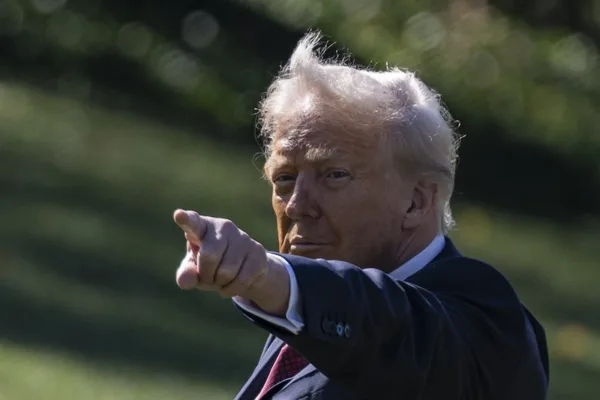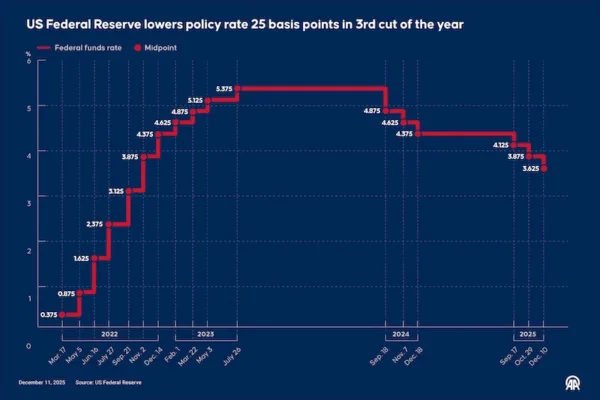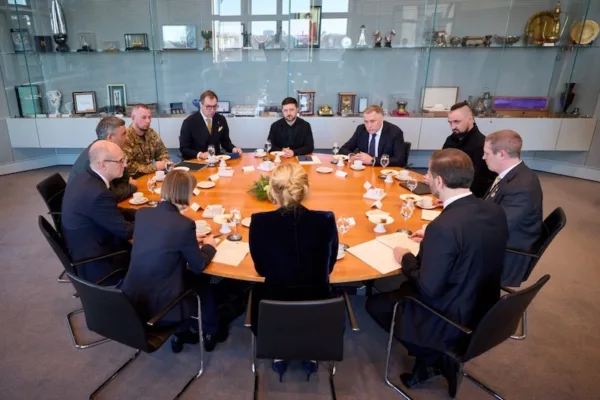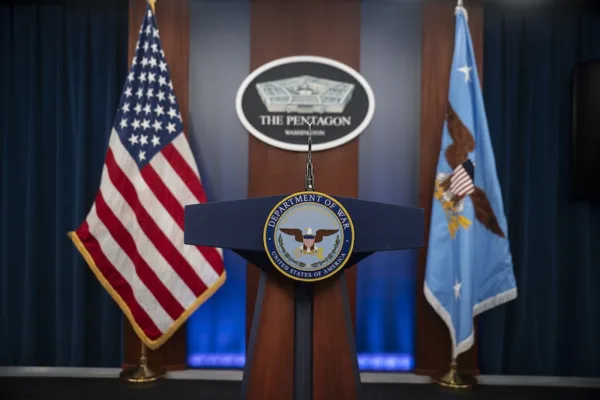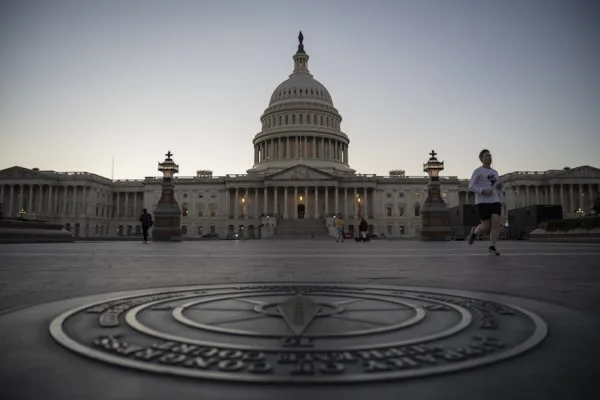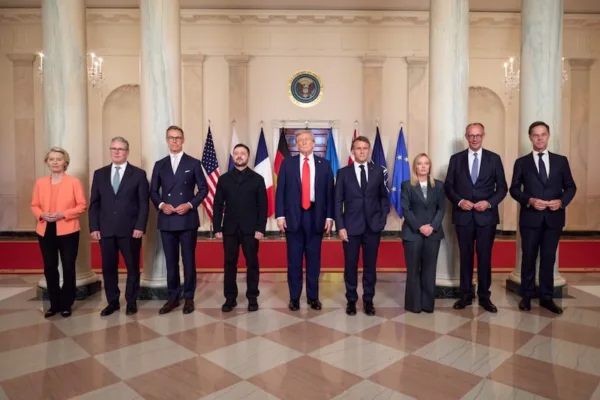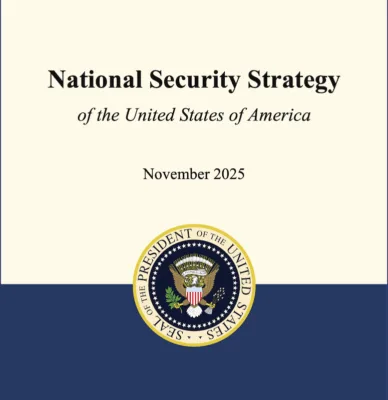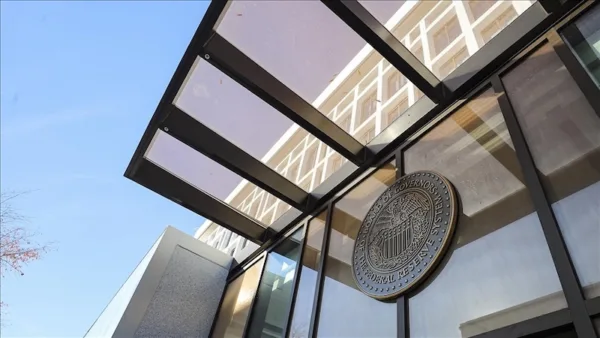Trump Inherits Syria Policy Amid Regional Expectations
On January 20, President Trump took office facing a number of issues, both domestic and international. Syria, a thorny issue throughout the U.S. presidential campaign, will likely be one of the first issues the president-elect will face. In a recent development, Russia and Turkey brokered a ceasefire and an agreement to bring the opposition and regime to talks in Astana to end the conflict. While Russia extended an invitation to the incoming administration on January 17, the Trump administration declined to send a representative. Regardless of the outcome of the Astana talks, the U.S.’ war against ISIS will be a key issue for the new administration. The Trump administration will have to balance its own goals with the expectations of allies and partners in a shifting situation.
Current U.S. involvement in Syria is a fairly limited operation, at least by the standards of U.S. operations in the Middle East since 9/11. The U.S. leads a coalition operation, Combined Joint Task Force – Operation Inherent Resolve (CJTF-OIR), that is currently conducting bombing missions against ISIS throughout Syria and Iraq in support of ground forces, and at times even against ISIS groups not engaged with U.S.-backed forces, such as those in Palmyra. On the ground, the U.S. has deployed around 500 Special Forces operators to Syria. Former Secretary of Defense Ash Carter described their mission as, “organizing, training, equipping, and otherwise enabling capable, motivated, local forces to take the fight to ISIL.” Largely, those troops are there supporting the Syrian Democratic Forces (SDF), a Kurdish-Arab coalition that is serving as the main U.S. partner on the ground.
While U.S. forces are embedded with the SDF and U.S. planes fly air support for the SDF, the group looks to be on a collision with Turkey, a NATO member and ally of the U.S. The main reason is that the SDF is dominated by the YPG, the armed branch of the PYD. Turkey views the PYD as the Syrian branch of the PKK, a terrorist organization that has waged a long-running intermittent insurgency in Turkey. The U.S. government does not officially agree with this assessment of the PYD’s relation to the PKK, but members of Congress and the administration have acknowledged the ties between the two groups. In late August 2016, Turkey launched Operation Euphrates Shield, supporting Free Syrian Army (FSA) forces against ISIS in northern Syria. Especially after the beginning of that operation, the U.S. has reportedly worked to limit clashes between the SDF and Turkey and the FSA. While the U.S. was invited to the Astana talks, the PYD and the YPG, the main forces of the SDF, have not been invited.
Despite those efforts to avoid direct clashes, tensions remain high in northern Syria. The Turkish government has also expressed clear expectations for a new approach by the U.S. government. Turkish Prime Minister Binali Yildirim stated that the Turkish government expects the Trump administration to stop providing weapons to the Kurdish YPG in northern Syria. Speaking in early January, Turkish President Recep Tayyip Erdogan said that he has high hopes for bilateral ties and that the Turkish government, “will reach a consensus with Mr. Trump, particularly on regional issues.” Turkish Foreign Minister Mevlut Cavusoglu said that he expected the Trump administration would extradite Fethullah Gulen and end cooperation with the YPG.
Despite the apparent optimism of Turkish officials, it is not entirely clear what Trump will do. During the campaign, he expressed his admiration for the Kurdish forces and suggested that he hoped to foster cooperation between them and Turkey. President Trump has also made it clear that he views the anti-ISIS fight as the main priority in Syria, and that he is open to various partners in that fight. Whether that means continued U.S. cooperation with the SDF, a turn towards Turkey, or an effort to reconcile the groups remains unclear. What is clear is that President Trump has come into office facing a minefield of potential conflicts between U.S. allies and partners in an area and conflict that he has made a foreign policy priority.

